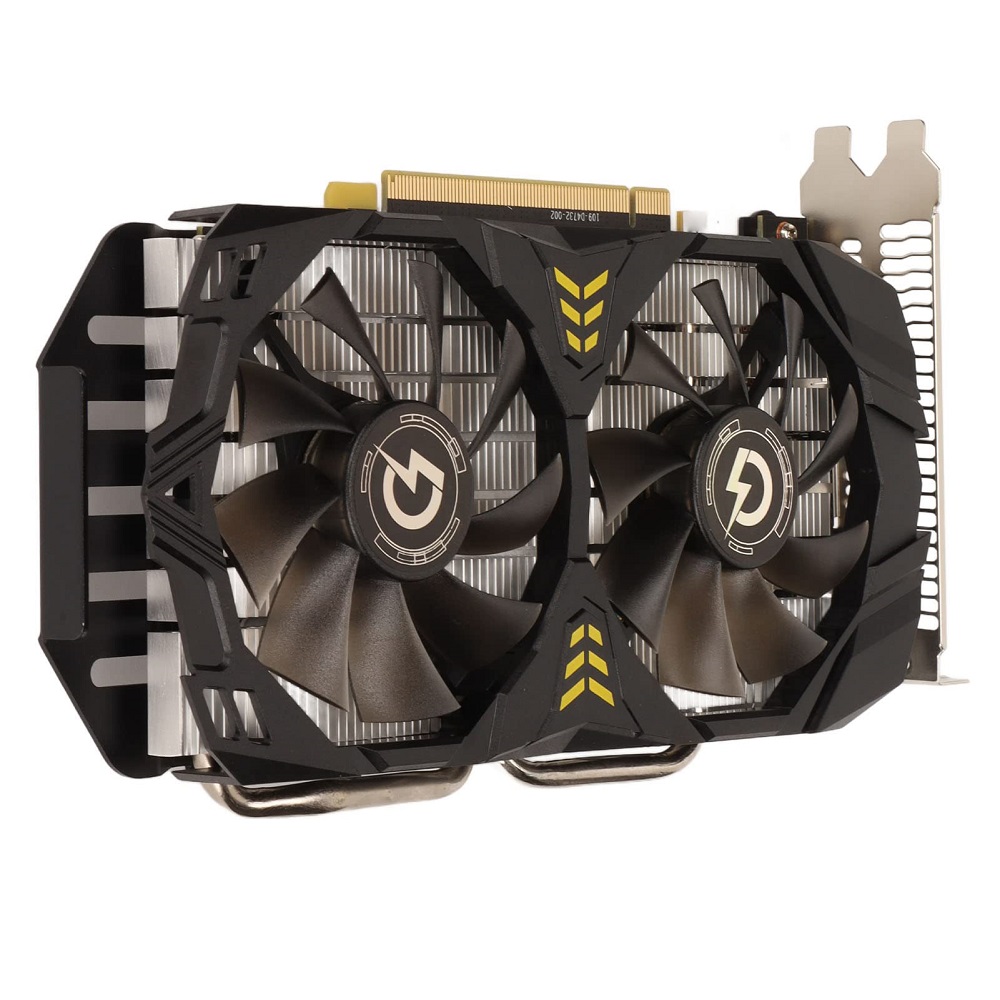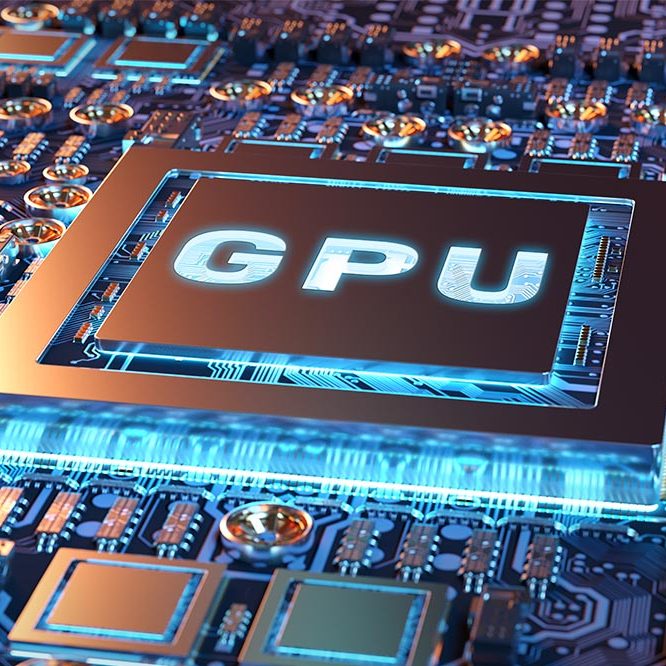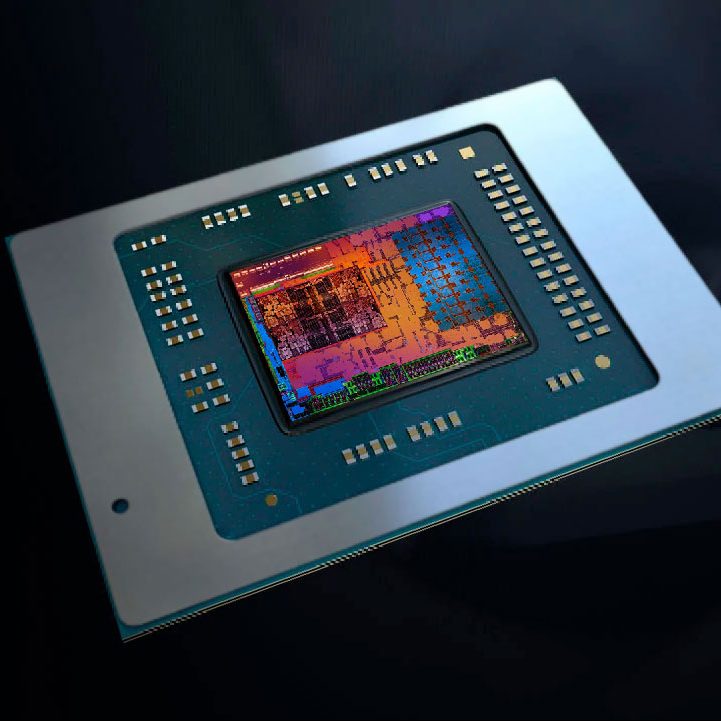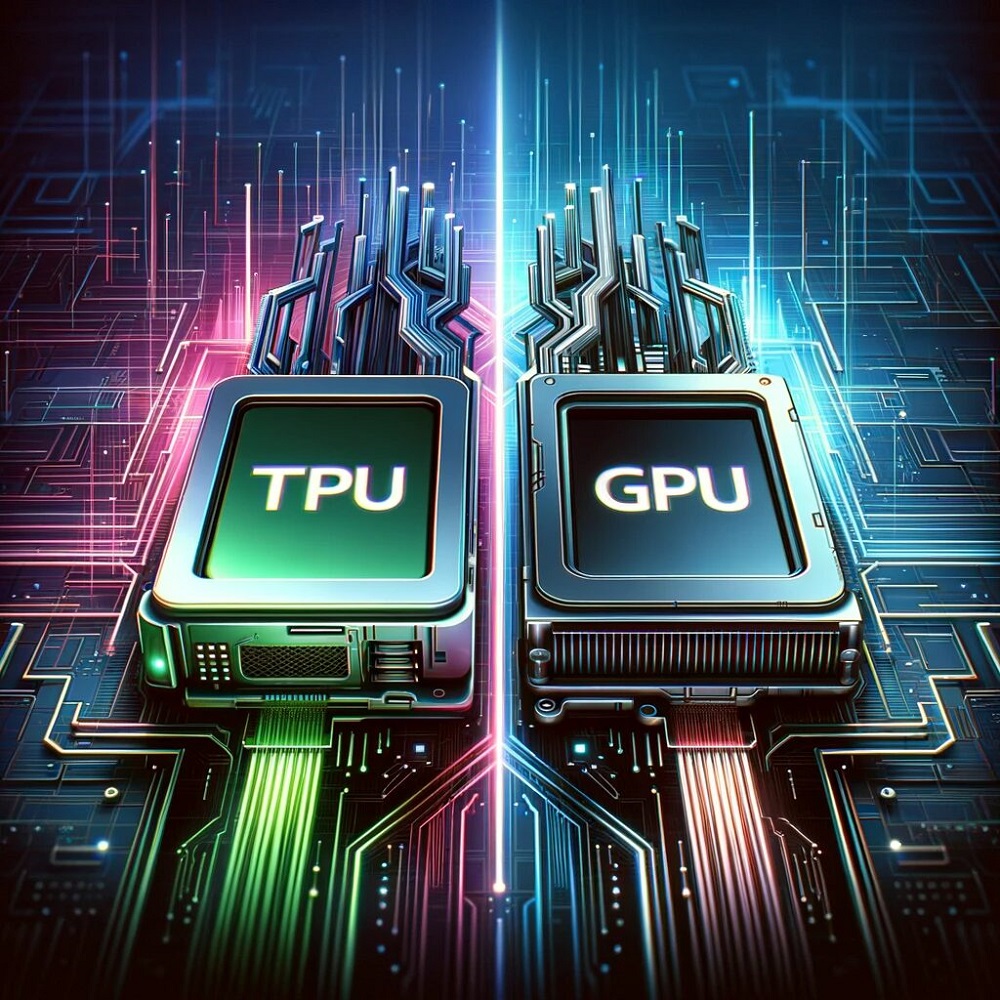In the world of computing, graphics play a crucial role, whether you’re gaming, designing, or simply browsing the web. This has led to a long-standing debate in the tech community: should you rely on integrated graphics or invest in a dedicated Graphics Processing Unit (GPU)? Each has integrated graphics vs GPU advantages and disadvantages, making your choice dependent on your specific computing needs. This article will explore both integrated graphics vs GPU, helping you understand which option aligns best with your requirements.
Understanding Integrated Graphics
What Are Integrated Graphics?
Integrated graphics, sometimes referred to as onboard graphics, are graphics capabilities embedded within a CPU. They share system memory with the processor rather than having dedicated memory. Most modern processors come with integrated graphics, particularly in laptops and entry-level desktops. This built-in solution can handle everyday tasks such as web browsing, office applications, and video playback without requiring a separate graphics card.
Advantages of Integrated Graphics
One of the most significant benefits of integrated graphics is cost-effectiveness. Systems with integrated graphics are generally cheaper, as they don’t require a dedicated GPU. This makes them ideal for budget-conscious consumers who need a computer for basic tasks. Integrated graphics also tend to consume less power than dedicated GPUs, which can lead to extended battery life in laptops and lower electricity costs in desktops. Furthermore, setups with integrated graphics usually take up less physical space, making them suitable for compact builds.

Understanding Dedicated GPUs
What Is a GPU?
A dedicated GPU is a separate piece of hardware designed specifically for handling complex graphics computations. Unlike integrated graphics that share memory with the CPU, a GPU comes with its own dedicated memory (VRAM), allowing it to handle higher-quality graphics efficiently. This separation helps manage demanding tasks like 3D rendering, high-resolution gaming, and video editing more effectively.
Advantages of Dedicated GPUs
The primary advantage of a dedicated GPU is its performance. For gamers and creatives working with graphics-intensive applications, a GPU significantly improves rendering times and frame rates. Modern GPUs are designed for parallel processing, making them exceptional at managing multiple tasks simultaneously. They also support various technologies like ray tracing and advanced shading, which can dramatically enhance visual quality. Beyond that, dedicated GPUs can help with tasks like machine learning and data processing, opening a world of possibilities for researchers and developers.
Gaming Performance: Integrated vs. Dedicated
Integrated Graphics in Gaming
When it comes to gaming, integrated graphics can manage light titles and older games fairly well. For instance, popular indie games and titles that don’t require high-end specifications may run smoothly on integrated systems. However, users often experience limitations when trying to run more graphics-intensive games. Lower frame rates, reduced graphic settings, and occasional stuttering can occur in demanding environments. This makes integrated graphics suitable for casual gamers but not ideal for those wanting top-tier performance.
Dedicated GPUs in Gaming
A dedicated GPU, on the other hand, can handle the latest AAA titles with ease. High-quality graphics, enhanced frame rates, and 4K gaming capability become feasible with a solid GPU. Gamers looking for a seamless experience with maximum visual settings will find a dedicated GPU essential. Additionally, many dedicated GPUs come equipped with features aimed at minimizing latency and improving overall gaming quality, such as NVIDIA’s DLSS and AMD’s FidelityFX technologies. For serious gamers and eSports enthusiasts, investing in a dedicated GPU is often a necessary step.

Creative and Professional Workflows
Integrated Graphics for Everyday Tasks
For everyday tasks such as browsing the web, editing documents, and streaming videos, integrated graphics hold their ground. Users engaging in casual design work—simple photo edits or basic video editing—will find integrated graphics adequate. However, the performance might decline when handling larger files or more complicated projects, which often require more graphical power.
Dedicated GPUs for Creative Professionals
On the other hand, creative professionals working with software like Adobe Photoshop, Premiere Pro, or Autodesk Maya benefit immensely from dedicated GPUs. These programs demand high processing power and memory bandwidth, which a dedicated GPU provides. Tasks like 3D modeling, video editing, and high-resolution rendering use GPU acceleration for speed and efficiency, significantly cutting down project times. Moreover, many software applications offer GPU-optimized features that further enhance performance when a dedicated GPU is in use.
Energy Efficiency and Heat Management
Power Consumption of Integrated Graphics
Integrated graphics typically consume less power than dedicated GPUs, leading to greater energy efficiency. This is particularly important for portable devices like laptops, where battery life is a critical consideration. A system relying on integrated graphics can often run cooler and quieter due to less energy-intensive operations. This energy efficiency is a significant advantage for users focused on basic functions or light gaming.
Challenges with Dedicated GPUs
While dedicated GPUs offer superior performance, they come with higher power demands, which can contribute to increased electricity costs and heat generation. High-performance GPUs require adequate cooling solutions, often leading to larger and more complex setups. For those who use their computers for long sessions, this can result in substantial heat output, affecting overall system stability. Therefore, ensuring proper cooling is essential to maintain performance and longevity.
Budget Considerations
Initial Costs of Integrated Graphics
If you’re on a tight budget, integrated graphics can be an attractive option. Not only are systems with integrated graphics generally cheaper, but you also save on the additional cost of a dedicated GPU. For students or those who merely need a computer for simple tasks, this option provides excellent value without compromising essential functionality. In many cases, upgrading to a better processor with improved integrated graphics can yield better performance at a lower cost than adding a separate graphics card.

Investing in Dedicated GPUs
Dedicated GPUs, while more expensive, can be considered an investment for serious users. The price of GPUs can vary widely based on performance capabilities, but the long-term benefits in speed, quality, and efficiency often justify the expense. If your work or hobbies require high-level graphics performance, the higher initial cost can lead to significant returns in productivity and enjoyment. Additionally, with the rise of gaming and creative industries, having a capable GPU can future-proof your system against evolving demands.
Future-Proofing Your Setup
Integrated Graphics in the Long Run
Integrated graphics technology has advanced over the years, with modern processors offering improved performance and capabilities. For users who primarily engage in everyday tasks, integrated graphics may be sufficient for several years. However, as applications and software requirements continue to grow, relying exclusively on integrated graphics may present limitations sooner than anticipated.
Advantages of Dedicated GPUs for Longevity
Dedicted GPUs tend to offer better longevity for high-performance needs. Investing in a solid GPU can prepare your system for future demands, especially in gaming and professional applications. As game integrated graphics vs GPU and software functionalities evolve, users with dedicated GPUs can take advantage of new technologies and graphical enhancements without having to upgrade immediately.
Conclusion
Deciding between integrated graphics vs GPU is not a straightforward process; it largely depends on your specific needs and budget. Integrated graphics offer a cost-effective solution for everyday tasks and light gaming, making them suitable for students and casual users. However, dedicated GPUs deliver unparalleled performance and capabilities for gamers and creative professionals seeking to push their systems to the limits. Assess your computing needs, budget, and future plans carefully, and choose the option that aligns best with your requirements. By making an informed decision, you’ll ensure that your computing setup serves you well now and into the future.
